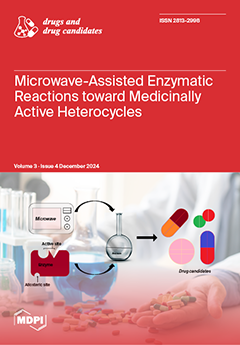Background: Ovarian cancer (OC) is the most prevalent gynecological malignancy in women, often diagnosed at an advanced stage due to the absence of specific clinical biomarkers. Notch signaling, particularly Notch3, is frequently activated in OC and contributes to its oncogenic role. Despite its
[...] Read more.
Background: Ovarian cancer (OC) is the most prevalent gynecological malignancy in women, often diagnosed at an advanced stage due to the absence of specific clinical biomarkers. Notch signaling, particularly Notch3, is frequently activated in OC and contributes to its oncogenic role. Despite its known association with poor clinical outcomes, the biomarker potential of Notch3 remains inadequately explored. Methods: We investigated the biomarker potential of Notch3 in OC using multiple databases, including ONCOMINE, GEPIA, Human Protein Atlas, UALCAN, Kaplan–Meier Plotter, and LinkedOmics. We analyzed Notch3 expression levels, survival correlations, and clinicopathological parameters. Results: Notch3 expression was significantly upregulated in OC, as well as other cancers. Correlation analysis demonstrated that high Notch3 mRNA levels were associated with poor overall survival (OS) (
p < 0.05) and relapse-free survival (
p < 0.05) in OC patients. Human Protein Atlas data showed elevated Notch3 protein levels in OC tissues compared to healthy controls. Clinicopathological analysis indicated significant associations between Notch3 expression and patient age (
p < 0.5), TP53 mutation status (
p < 0.5), and cancer stage (
p < 0.1). Additionally, genes such as WIZ, TET1, and CHD4 were found to be co-expressed with Notch3 in OC. Notch3 expression also correlated with immune cell infiltration in OC. Conclusions: Our bioinformatics analysis highlights Notch3 as a potential biomarker for poor prognosis in OC. However, further in vitro and in vivo studies, along with validation using larger tissue samples, are necessary to confirm its biomarker utility.
Full article



